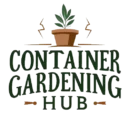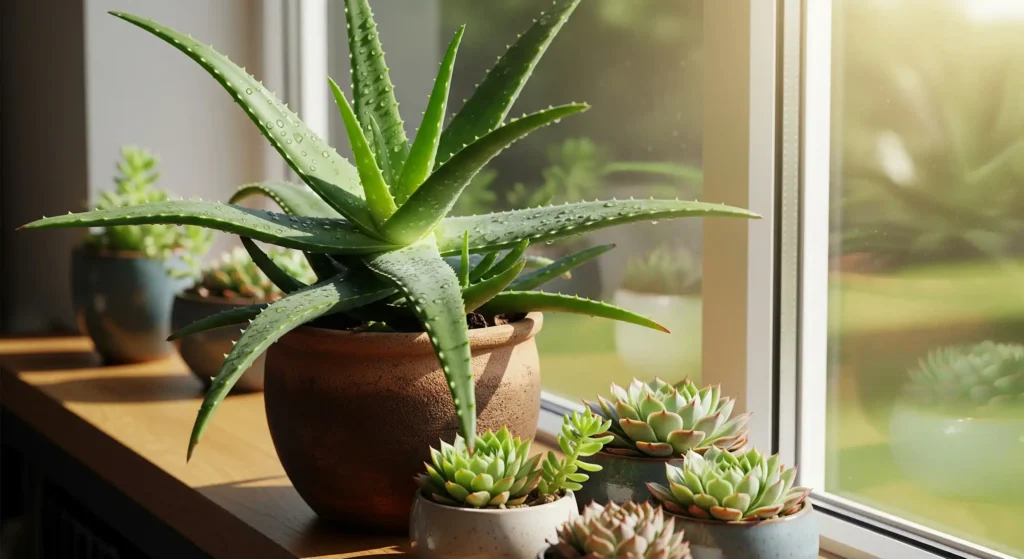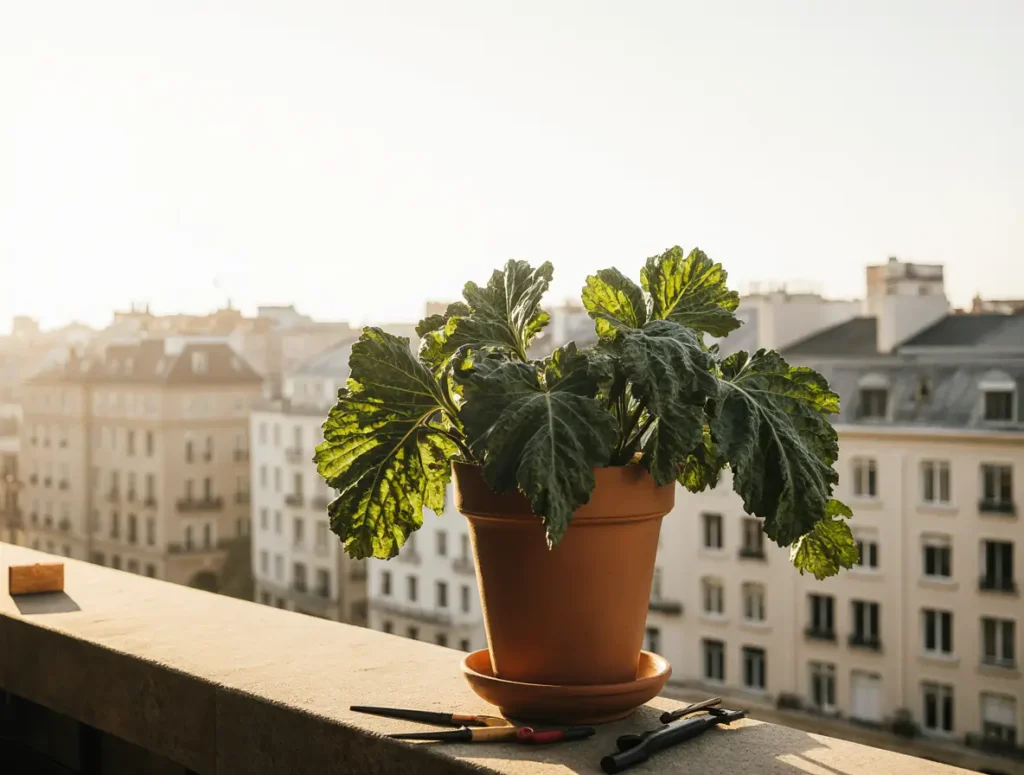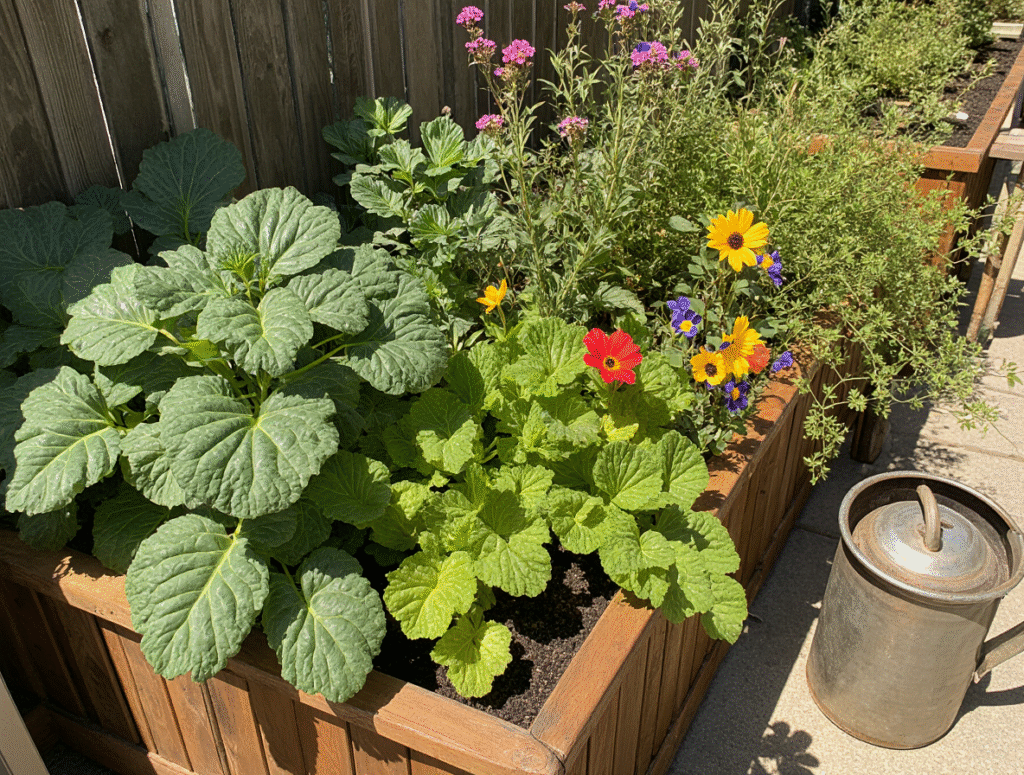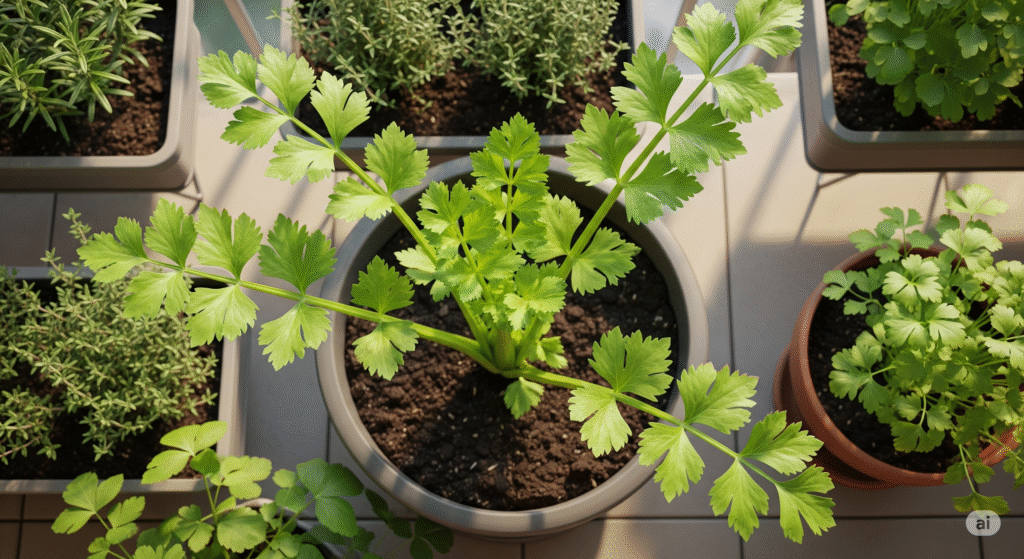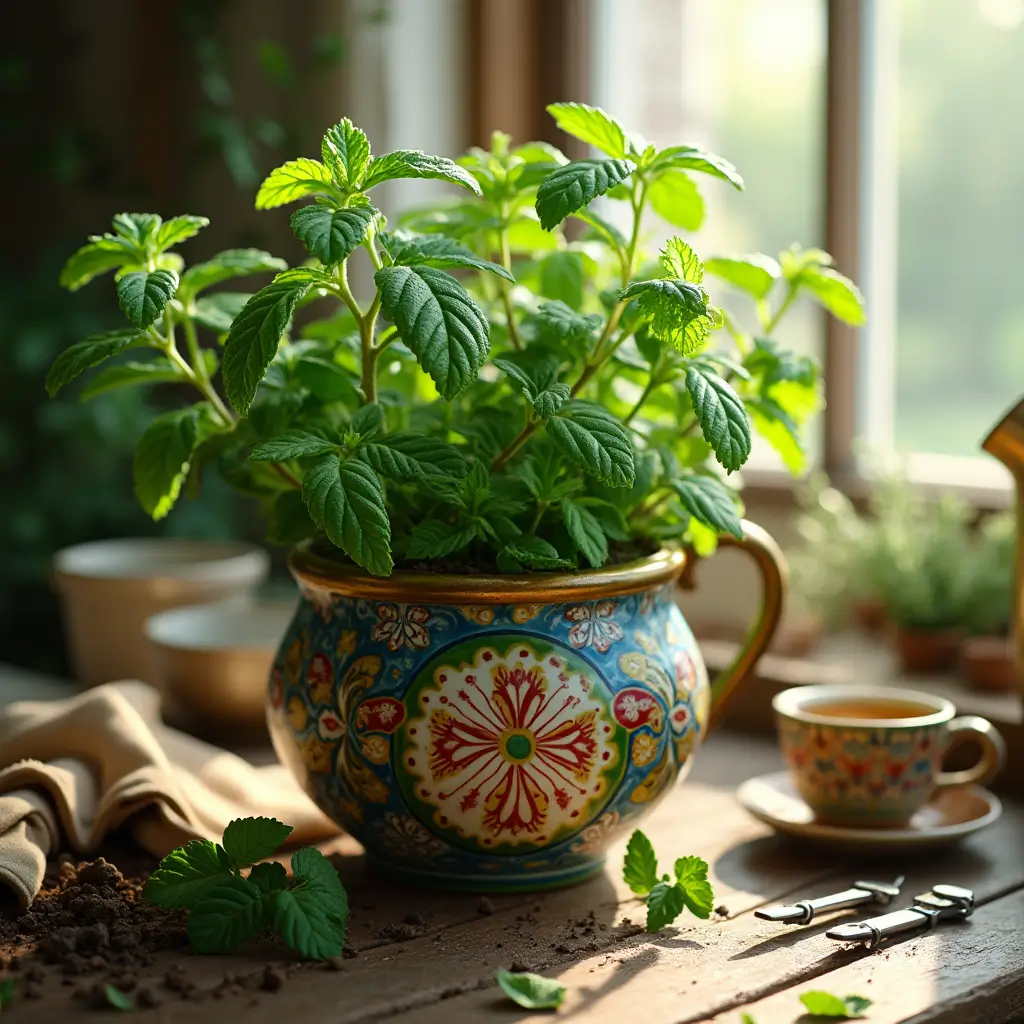
The Ultimate Guide to Growing Mint: A Refreshing Addition to Your Garden
Mint is one of those herbs that can transform your garden, kitchen, and even your beverages with its vibrant aroma and versatility. Whether you’re a seasoned gardener or just starting out, growing mint is an incredibly rewarding experience. However, it’s also notorious for its aggressive growth habits, which can quickly spiral out of control if not managed properly. That’s why understanding how to grow and care for this aromatic plant is essential.
In this comprehensive guide, we’ll walk you through everything you need to know about cultivating mint successfully. From selecting the right location to harvesting tips and creative uses, we’ll cover all aspects of nurturing this delightful herb. By the end of this article, you’ll have a clear roadmap for incorporating mint into your gardening routine while keeping its spread in check. Let’s dive in!
Why You Should Consider Growing Mint
Before we delve into the specifics of growing mint, let’s explore why it deserves a spot in your garden. Mint isn’t just another pretty face—it’s packed with benefits that make it a must-have for any green thumb.
Versatility in Culinary Creations
Mint adds a refreshing twist to countless dishes and drinks. Imagine pairing it with lamb, fish, or poultry for an elevated dining experience. Or perhaps you’d prefer sipping on a cool mojito or mint-infused iced tea during summer afternoons. The possibilities are endless!
Natural Pest Repellent
Did you know that mint has natural pest-repellent properties? Its strong scent deters ants, mosquitoes, and other unwanted critters from invading your outdoor space. Planting mint strategically around your patio or seating area can help keep pests at bay.
Easy-to-Grow Herb
Even if you’re new to gardening, mint is forgiving and beginner-friendly. It thrives in various conditions and requires minimal maintenance once established. Plus, it grows rapidly, ensuring a steady supply throughout the growing season.
Quick Guide to Growing Mint: What You Need to Know
If you’re eager to get started, here’s a snapshot of what growing mint entails:
- When to Plant : Spring, after the last frost; fall planting works in frost-free climates.
- Spacing : Space mint plants 18–24 inches apart or grow them in separate containers.
- Soil Requirements : Fertile soil with a pH between 6.0 and 7.0; use premium potting mix for containers.
- Watering Needs : Keep the soil consistently moist; water when the top inch feels dry.
- Fertilization : Feed regularly with a water-soluble fertilizer to promote lush leaf growth.
- Harvesting Tips : Pinch off stems as needed; for larger harvests, cut back before flowering.
Now that you have a high-level overview, let’s break down each step in detail.
Choosing the Right Location for Your Mint Plant
One of the first decisions you’ll need to make is where to plant your mint. While mint adapts well to different environments, providing optimal conditions will ensure healthy growth.
Sunlight Requirements
Mint prefers partial shade but can tolerate full sun in cooler climates. If you live in a warmer region, consider placing it in a shaded area to prevent wilting. Aim for 4–6 hours of sunlight daily for best results.

Container vs. Ground Planting
While mint can be planted directly in the ground, doing so comes with risks. This fast-spreading herb sends out runners that can invade nearby plants and take over your garden bed. To avoid this, opt for container planting instead.
Benefits of Container Gardening
- Containment : Prevents mint from spreading uncontrollably.
- Portability : Allows you to move the plant to ideal locations based on sunlight needs.
- Convenience : Keeps mint close to your kitchen for easy access.
Choose a sturdy pot with drainage holes, ideally 12–14 inches in diameter. Place it on a paved surface or pedestal to prevent roots from escaping through the drainage holes.
Preparing the Soil for Healthy Growth
Healthy soil is the foundation of successful mint cultivation. Here’s how to prepare the perfect environment for your mint plant:
For Containers
Use a high-quality potting mix designed for herbs or vegetables. Look for mixes enriched with aged compost, which improves texture and nutrition. Avoid using garden soil, as it may compact and hinder root development.
For Ground Planting
Amend your native soil by adding several inches of organic matter, such as aged compost or well-rotted manure. This boosts fertility and ensures proper drainage. Test your soil’s pH and adjust accordingly to maintain a range of 6.0–7.0.
Planting and Establishing Your Mint
Once your soil is ready, it’s time to plant your mint. Follow these steps for successful establishment:
- Select a Starter Plant or Seeds
- For faster results, purchase young mint plants from a reputable nursery.
- Alternatively, sow seeds indoors 6–8 weeks before the last frost date.
- Planting Process
- Dig a hole slightly larger than the root ball.
- Position the plant so the crown (where the stem meets the roots) sits level with the soil surface.
- Backfill with soil and gently firm it down.
- Spacing Guidelines
- Space plants 18–24 inches apart in the ground.
- In containers, limit one plant per pot to prevent overcrowding.
- Water Thoroughly
- After planting, give your mint a deep watering to settle the roots.
Caring for Your Mint Plant
Proper care is key to maintaining a thriving mint patch. Here’s how to keep your mint happy and healthy:
Watering Schedule
Mint loves moisture, so aim to keep the soil consistently damp. Check the top inch of soil—if it feels dry, it’s time to water. Be careful not to overwater, as soggy soil can lead to root rot.
Feeding Routine
Feed your mint every 4–6 weeks with a balanced, water-soluble fertilizer. Organic options like fish emulsion or seaweed extract work wonders. Alternatively, top-dress the soil with compost in early spring.
Pruning and Maintenance
Regular pruning keeps mint compact and prevents it from becoming leggy. Trim back stems whenever they start to sprawl, and remove flower buds before they open to redirect energy toward leaf production.
Controlling Mint’s Aggressive Growth
As much as we love mint, its invasive tendencies can be frustrating. Here are some strategies to keep it under control:
Grow in Pots
Container gardening is the most effective way to contain mint. For added security, bury the pot partially in the ground to mimic natural growing conditions.
Use Barriers
If you decide to plant mint in the ground, install barriers like steel edging or concrete borders to restrict root spread. Bury the barrier at least 8–10 inches deep to block horizontal runners.
Regular Monitoring
Keep an eye out for stray stems that bend over and root outside their designated area. Prune them promptly to prevent further expansion.
Harvesting and Storing Mint
Harvesting mint is simple and rewarding. Here’s how to do it effectively:
When to Harvest
Pick leaves anytime during the growing season, but aim for just before flowering for maximum flavor intensity. This typically occurs in late spring or early summer.
How to Harvest
Pinch off individual stems as needed, or cut back entire sections for larger yields. Leave at least one-third of the plant intact to encourage regrowth.
Storage Options
- Fresh Use : Store mint sprigs in a glass of water on your countertop.
- Freezing : Chop leaves and freeze them in ice cube trays filled with water or olive oil.
- Drying : Hang bunches upside down in a warm, airy spot until fully dried.
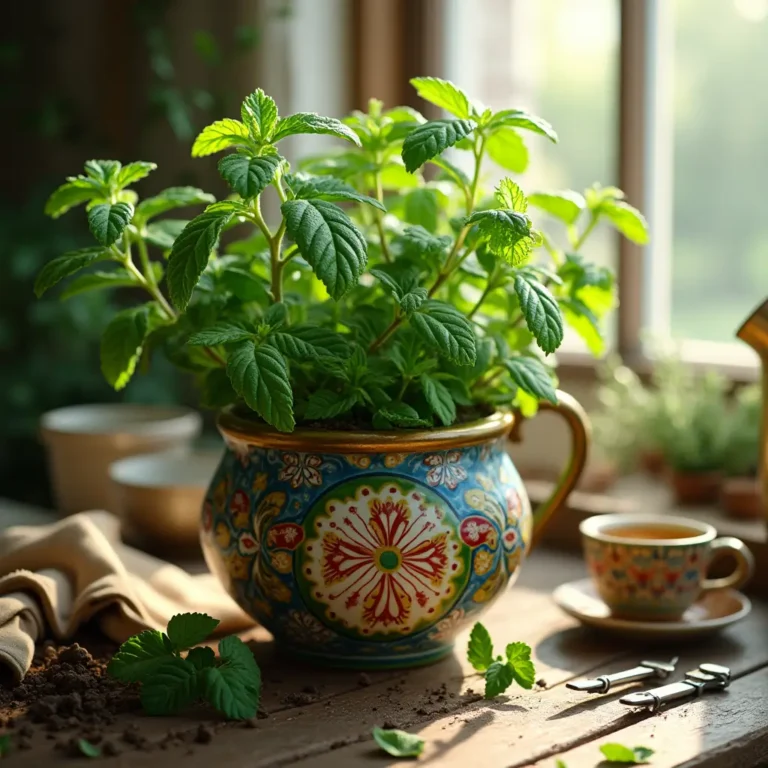
Creative Ways to Use Mint
Now that you’ve grown and harvested your mint, it’s time to put it to good use! Here are some ideas to inspire you:
- Beverages : Add fresh mint to lemonade, cocktails, or sparkling water for a refreshing twist.
- Cooking : Incorporate mint into salads, marinades, sauces, and desserts.
- DIY Projects : Create mint-infused oils, vinegars, or sachets for a fragrant touch.
Troubleshooting Common Issues
Even the hardiest herbs encounter problems occasionally. Here’s how to address common challenges when growing mint:
Pests
Young mint plants are vulnerable to aphids, spider mites, and slugs. Inspect regularly and treat infestations with insecticidal soap or neem oil.
Yellow Leaves
This often indicates underwatering or nutrient deficiencies. Adjust your watering schedule and apply a balanced fertilizer.
Wilting
Overwatering or poor drainage could be the culprit. Ensure your pot has adequate drainage holes and allow excess water to drain freely.
FAQs About Growing Mint
Here are answers to some frequently asked questions about mint cultivation:
Q1: Can I grow mint indoors?
Absolutely! Mint thrives indoors as long as it receives sufficient light and moisture. Place it near a sunny window or under grow lights.
Q2: How do I revive wilting mint?
Trim back damaged stems, improve drainage, and adjust your watering routine. With proper care, mint usually bounces back quickly.
Q3: Is mint safe for pets?
Some mint varieties, like peppermint, can be toxic to pets if ingested in large quantities. Research specific types before planting.
Conclusion
Growing mint is a delightful journey that rewards you with endless possibilities. From its invigorating scent to its culinary versatility, this herb brings joy to both your garden and your kitchen. By following the tips outlined in this guide, you’ll master the art of growing mint while keeping its spread in check.
Ready to embark on your mint-growing adventure? Grab a pot, some quality soil, and a starter plant—and watch this vibrant herb flourish under your care. Happy gardening!
You Might Like
